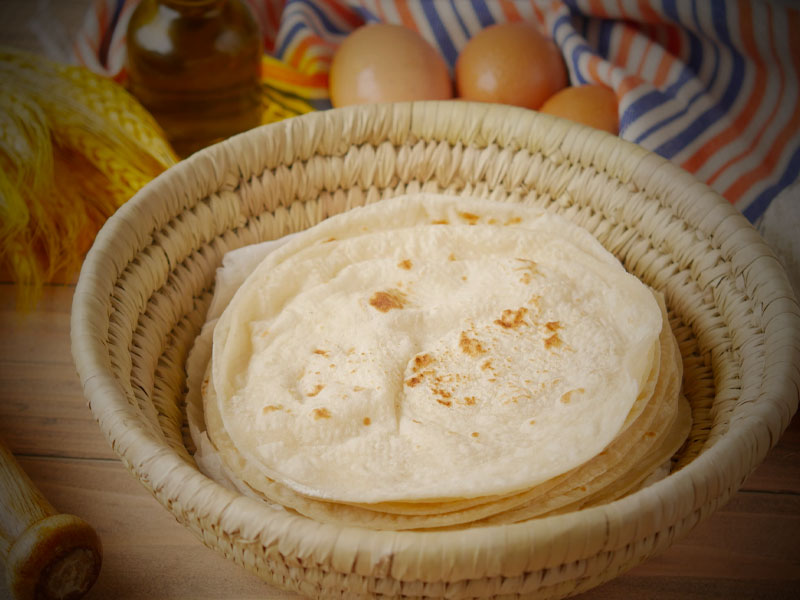Chapati, also known as roti, is a traditional flatbread that has been a staple in the diets of millions of people across the globe for centuries. In various cultures, chapati serves as a versatile accompaniment to many dishes, from curries and stews to vegetables and lentils. However, with the rise of different dietary trends and the introduction of alternative grains and bread types, some people might wonder whether chapati remains a healthy and suitable choice. In this article, we will explore the benefits and considerations of consuming chapati, helping you make an informed decision about including it in your diet.
Nutritional Value:
Chapati is primarily made from whole wheat flour, which provides several essential nutrients. Whole wheat flour retains the bran and germ of the grain, making it higher in fiber, vitamins, and minerals compared to refined flour. The fiber content in chapati aids digestion, promotes satiety, and helps regulate blood sugar levels. It also contains important nutrients like iron, magnesium, and B vitamins, which are crucial for overall health and energy production.
Health Benefits:
- Weight Management: Chapati can be an excellent choice for weight management due to its high fiber content. The fiber helps you feel fuller for longer periods, reducing the likelihood of overeating. Moreover, chapati is lower in calories compared to many other bread types, making it a healthier alternative.
- Digestive Health: The fiber in chapati promotes a healthy digestive system by preventing constipation and improving bowel movements. It aids in maintaining a healthy gut microbiome, which is essential for nutrient absorption and overall well-being.
- Blood Sugar Control: Chapati is a complex carbohydrate with a low glycemic index, meaning it releases sugar into the bloodstream at a slower rate. This slower digestion and absorption help prevent spikes in blood sugar levels, making it suitable for individuals with diabetes or those seeking to manage their blood sugar levels.
- Heart Health: The whole wheat flour used in chapati contains dietary fiber, which has been linked to a reduced risk of cardiovascular diseases. Fiber helps lower cholesterol levels by binding to bile acids in the gut, preventing their reabsorption. Furthermore, the presence of antioxidants in whole wheat flour may also contribute to heart health.
Considerations:
- Gluten Sensitivity: Chapati is typically made from wheat, which contains gluten. Individuals with celiac disease or gluten sensitivity should avoid chapati unless made from gluten-free grains like millet, rice, or corn.
- Portion Control: While chapati itself is a healthy food option, portion control is essential, especially if you are watching your calorie intake or have specific dietary goals. Overeating chapati can lead to an excess calorie intake, which may hinder weight management efforts.
- Preparation Methods: The way chapati is cooked can impact its nutritional profile. Deep-frying or excessive use of oil can add unnecessary calories and unhealthy fats. Opting for healthier cooking methods like baking, grilling, or dry-roasting can help maintain its nutritional value.
The caloric content of a chapati can vary depending on its size and thickness. On average, a standard-sized chapati (approximately 6 inches in diameter) made from whole wheat flour contains around 70 to 100 calories. Keep in mind that this is an estimate and the actual calorie count may vary based on the specific recipe and cooking method used.
Conclusion:
Chapati, a traditional flatbread made from whole wheat flour, offers various health benefits and can be a valuable addition to a balanced diet. Its high fiber content, nutritional value, and potential for weight management make it an appealing choice. However, individuals with gluten sensitivities should opt for gluten-free alternatives, and portion control should be considered to maintain a healthy calorie intake. As with any food, it is essential to strike a balance and consider individual dietary requirements. Overall, when consumed in moderation and prepared using healthy cooking methods, chapati can be a delicious and nutritious addition to your meals.







